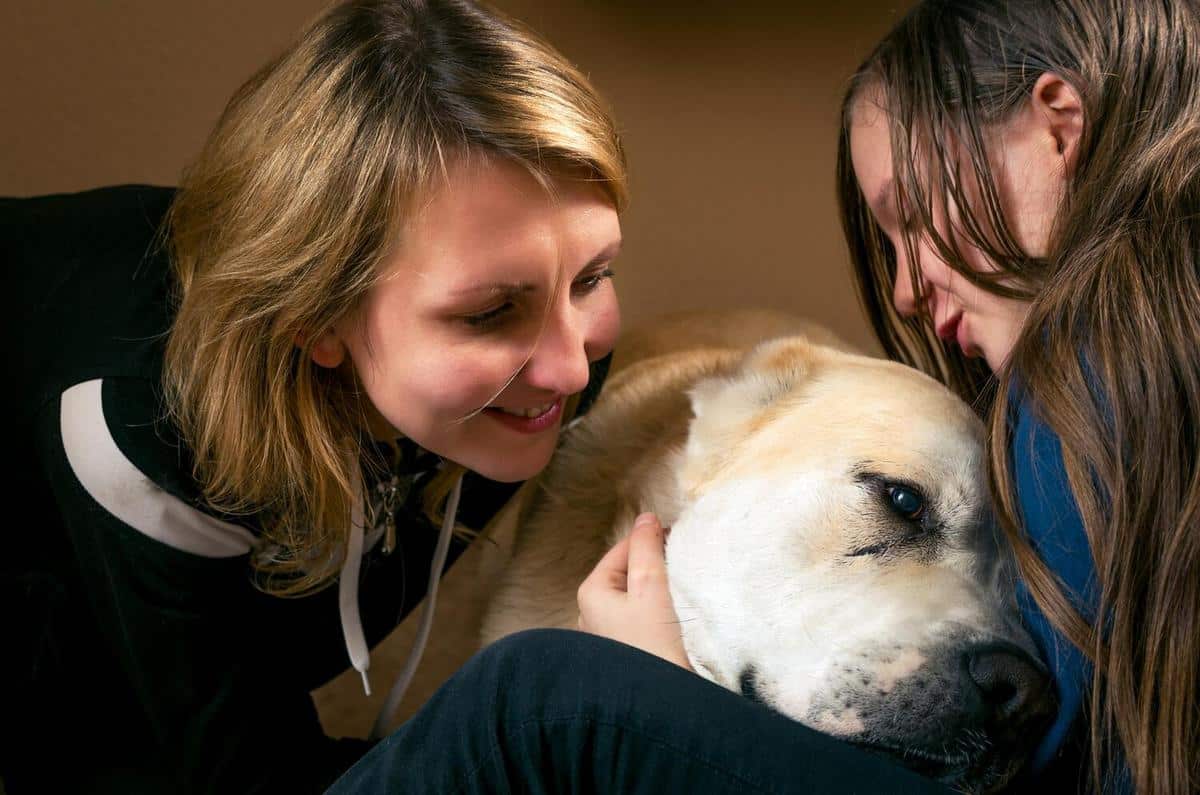
The Role of Exercise in Pet Health and Longevity
Exercise plays a crucial role in maintaining the health and longevity of our beloved pets. With an increasing focus on pet wellness, understanding how physical activity impacts their overall well-being is essential for every pet owner.
Understanding the Importance of Pet Exercise
Exercise is not just beneficial for humans; our pets equally need regular physical activity to stay healthy. It aids in controlling weight, reducing behavioral issues, and enhancing their cardiovascular health. According to veterinary experts, lack of exercise can lead to obesity, which is a growing concern among pet owners today.
Expert Insights
Dr. Emma Taylor, a renowned veterinarian, states, “Regular exercise is as vital to pets as it is to humans. It not only keeps them fit but also mentally stimulated.” Exercise routines vary based on the pet’s breed, age, and health condition. Consulting with a veterinarian can help tailor an appropriate exercise plan.
Statistics and Research
Studies have shown that pets who engage in regular physical activities have a 15% higher life expectancy compared to inactive ones. This highlights the significant impact exercise has on pet longevity.
Personal Anecdotes
Take, for instance, the story of Max, a Labrador Retriever who struggled with weight issues. After his owner introduced a daily exercise routine, Max not only shed the extra pounds but also became more energetic and happier.
Actionable Tips for Pet Exercise
- Ensure daily walks suited to your pet’s energy level.
- Engage in interactive play sessions using toys.
- Incorporate activities like swimming for dogs or climbing for cats.
- Monitor your pet’s response to exercise and adjust accordingly.
Always warm up your pet with gentle activities before starting intense exercise to prevent injuries.
Comparing Exercise Needs of Different Pets
| Pet Type | Exercise Requirement | Common Activities |
|---|---|---|
| Dogs | 30-60 minutes daily | Walking, fetch, agility training |
| Cats | Short bursts throughout the day | Climbing, laser pointer chase |
| Rabbits | 3-4 hours of free roaming | Obstacle courses, digging activities |
| Birds | Flight time in a safe area | Flying, foraging games |
| Guinea Pigs | 1 hour of floor time | Tunnel exploration, gentle chasing games |
| Ferrets | 3-4 hours out of cage | Tunneling, hide and seek |
| Reptiles | Varies by species | Climbing, exploring safe environments |
| Fish | Environment enrichment | Obstacle courses in tank |
Frequently Asked Questions
How can I motivate a lazy pet to exercise?
Start with short, enjoyable sessions and gradually increase the intensity. Use treats and toys as incentives.
Are there any risks associated with over-exercising pets?
Yes, over-exercising can lead to injuries or stress. It’s essential to balance activity with rest and consult a vet for guidance.
In conclusion, integrating regular exercise into your pet’s routine is fundamental for their health and longevity. By understanding the specific needs of your pet and making exercise a fun and consistent part of their life, you ensure they lead a happy, healthy existence. Start today by taking small steps towards a more active lifestyle for your furry friend, and notice the positive changes unfold.


